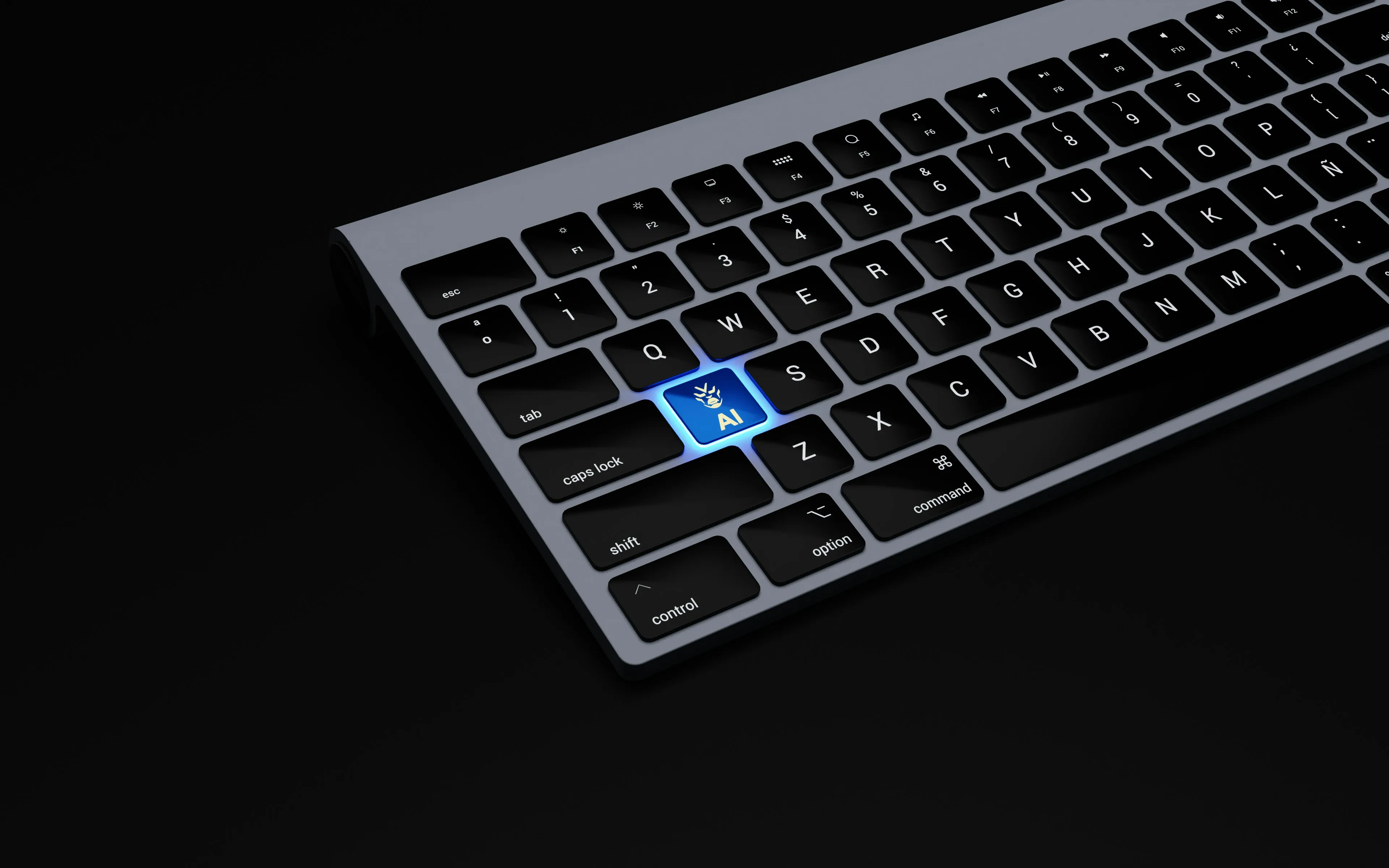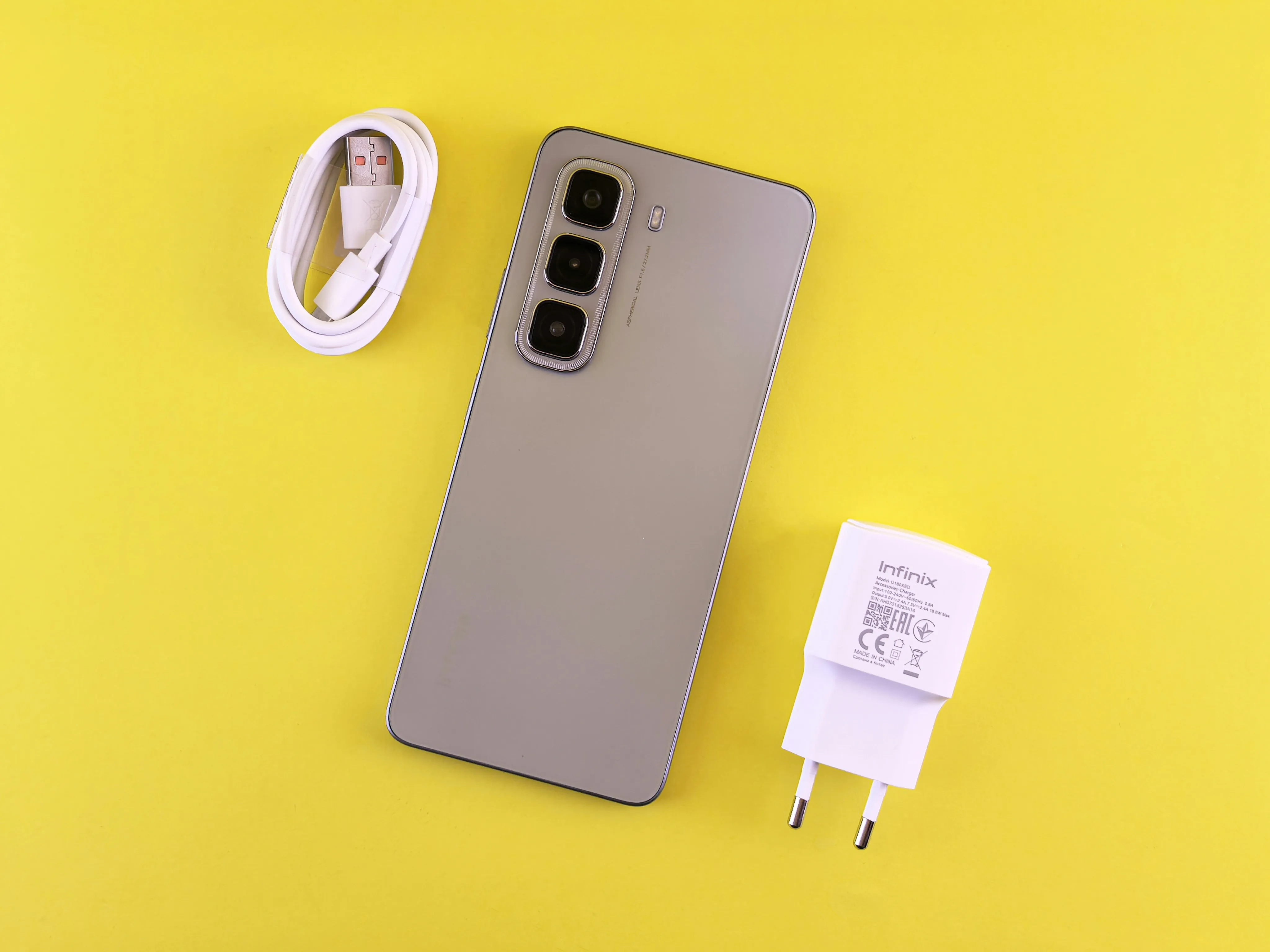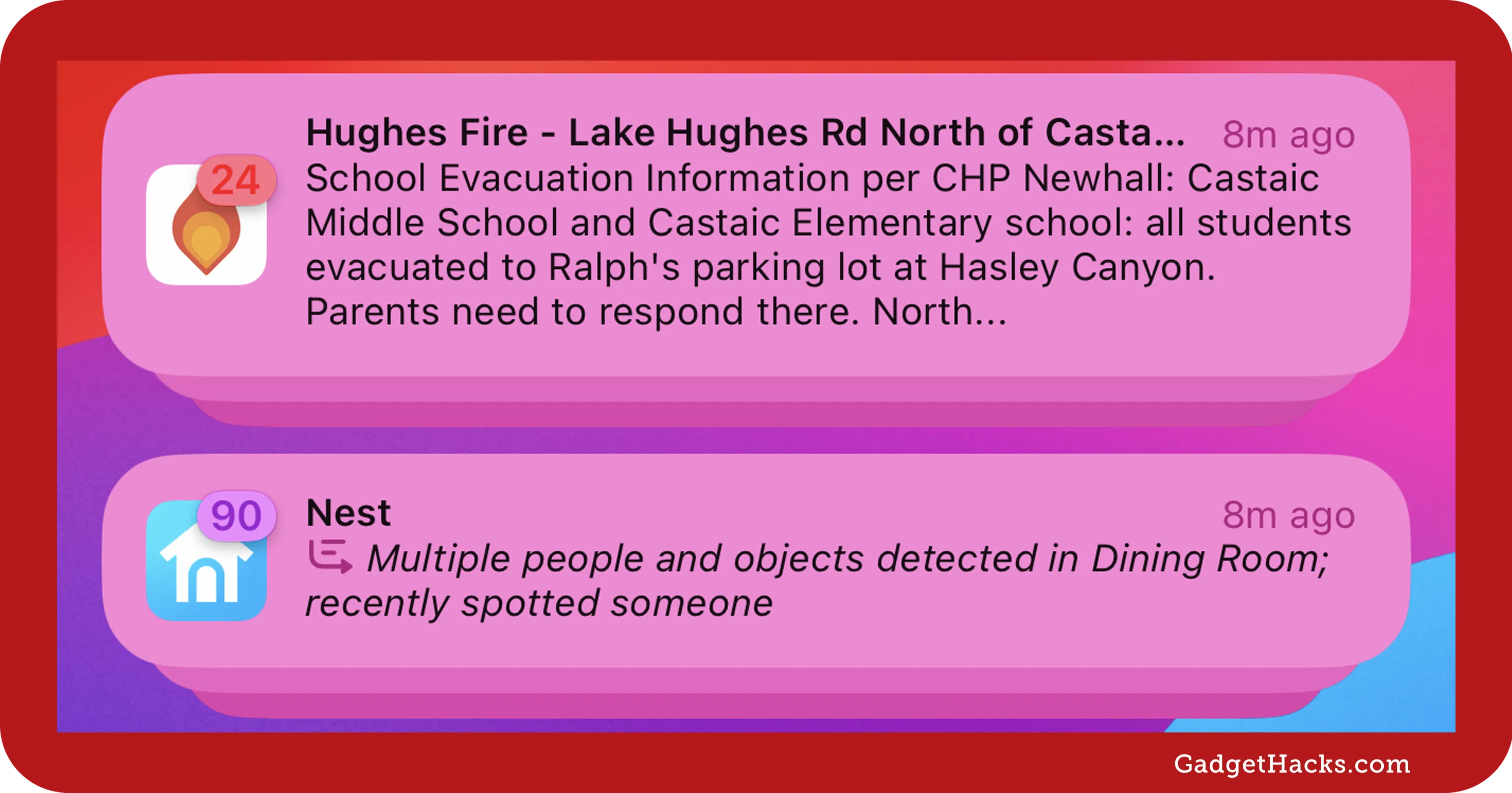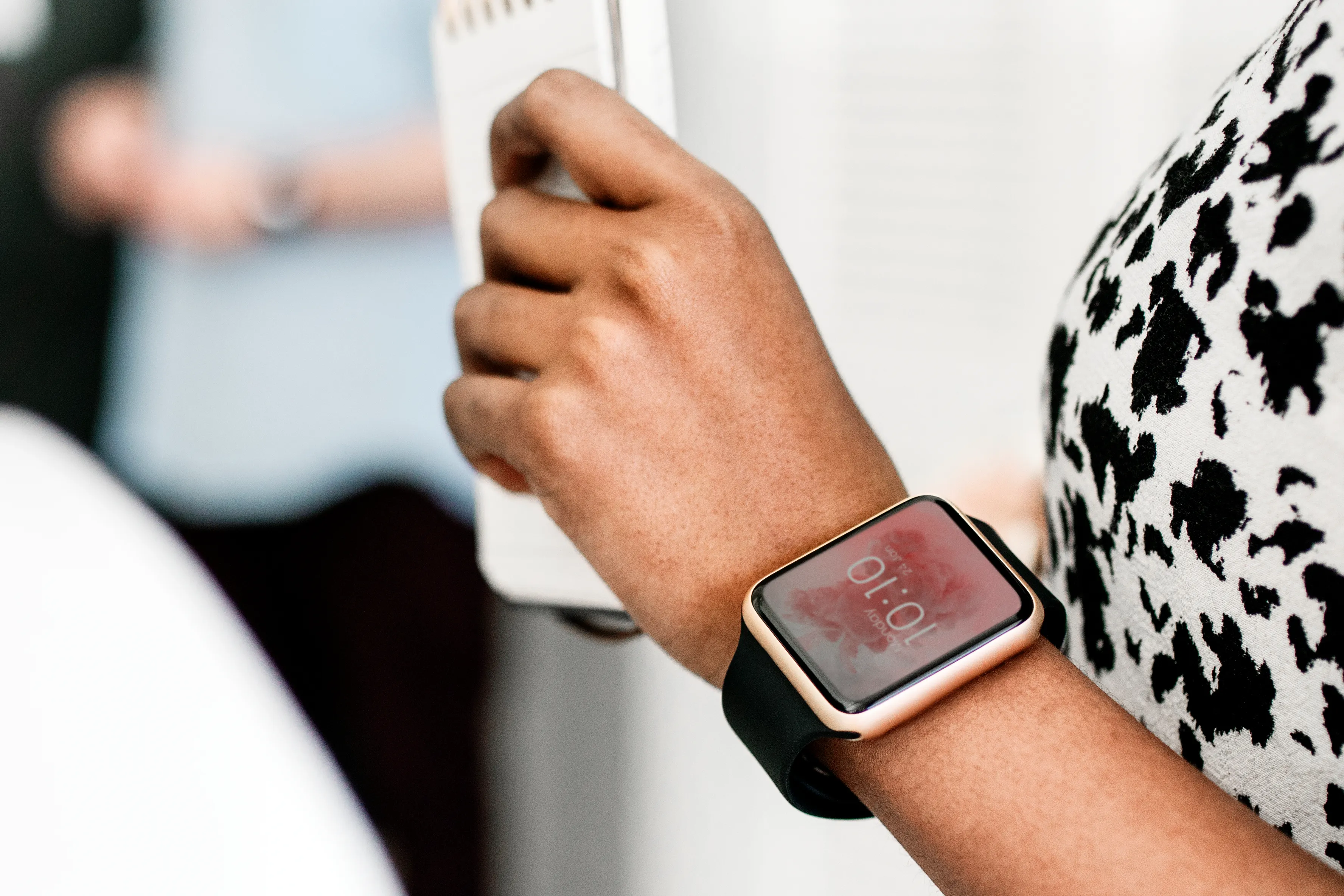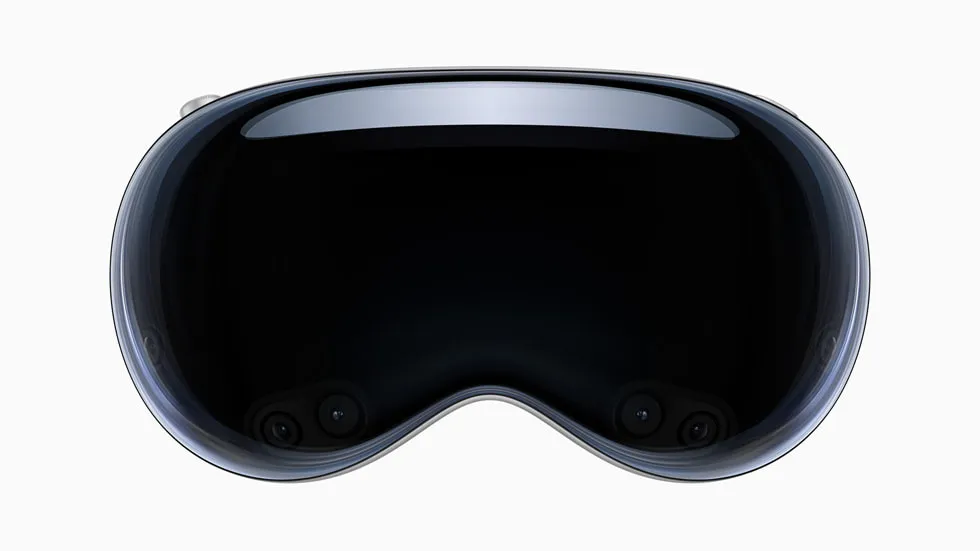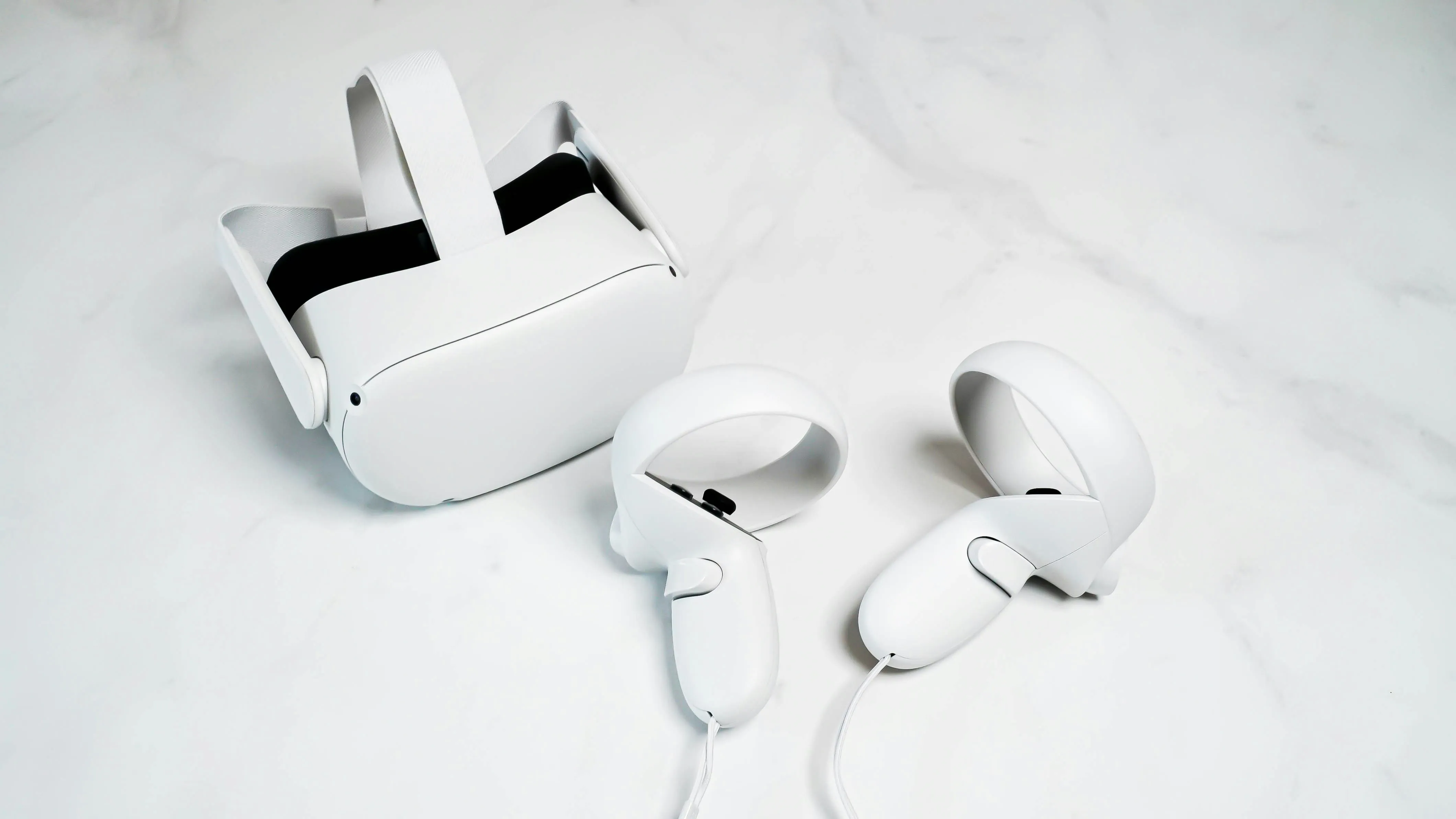How-To Guides about Humanities

Sober Living For Women in Delray Beach Florida

Student athletes not only have access to opportunities to athletic scholarships unavailable to others, they also have unique experiences that they can incorporate into their college application essays. A great college application essay will offer a personal and fascinating view of you to the admissions staff. It should complement the rest of your application while helping you stand out from the other applicants. As an athlete, you can pull from your teamwork experiences as a source of...

how to
How to Become a Hero There is a lot of bad things going on in this world, we surely need more Hero's. We believe there are people around that want to help, but don't know how. If you're one of those, this is the "How to" for You!

For some people, going online is already a part of their daily routines. Whenever you send e-mails, post on numerous social networking sites, sign-up for newsletters, create accounts, or shop online, you automatically share and receive information. And if you’re not too careful with your online transactions, this makes you vulnerable to identity and information theft. Fortunately, there are ways to prevent this from happening to you. Read on and find out how not to be a victim of online...

To be a BSL (British Sign Language)/English Interpreter takes a minimum of 5 years but in practice people often take longer to gain experience and finish their training. It is important to have a good fluency in both languages so a good level of English is essential. Currently A-level English is recommended as the minimum. Should you decide to become an interpreter you will be rewarded with a challenging and interesting career as it is one that continues to evolve and develop.

how to
How to Ampegy Vision Ampegy, a Network Marketing Company, is leveraging the power of deregulation of America’s Energy Industry through Spark Energy. The deregulated residential energy market is a $60 billion industry and growing. As more and more markets become available, the opportunity exists for Independent Representatives to build their own lucrative business in the direct selling market. Ampegy currently offers service through Spark Energy in seven states. To learn more please visit www.Ampegy.com.


Go to the Realplayer Website and download Realplayer this can be either Version the free one or the paid verison.

We made a mission in our school,We know lot of people need a helping hand..for me there is a better way or simple way to help those indigent family...We are very happy while looking to their smiling face a big big smile and they give us more inspiration to continue our mission to help without any payment because Community service isn’t about padding one’s resume, it isn’t about doing things so that one might be proud and arrogant about it. But it is the dawning realization of to the greater...

So you want to be more involved in your community. That's great! It does not have to be super complicated to start being involved. Here are a few easy ways to go about doing so:

Whether you're a student, a toastmaster, just writing, or making articles on WonderHowTo, you will have to come up with a topic. The topic should be able to guide you to some of the things you want people to know about. Here are some ways that you can can come up with a topic.

how to
How to Make an article It seems like everyone thinks they can write. Writing is quite simple; placing words in a sentence that pertains to any topic can be an easy task to accomplish. However, is what you wrote going to be read? There are simple ways to make your article more readable. Not meaning interesting, every subject is interesting to someone? That is what is so great about the world! Readable- meaning, easy to read, reader friendly!

Depending on your state of residence, the skills section of the CNA certification exam will consist of three to five randomly chosen skills.

The CNA certification exam can be stressful at times, especially on the clinical exam portion. However, despite the exam difficulties, everything has a solution. Qualified nursing assistants are preparing various CNA study techniques and CNA study guides just to reduce any test anxieties and stress.

Let's face it— most people don't understand Shakespeare's language. If they say they do, they're probably lying. The poetic words of the world's most famous playwright continue to plague school children and college lit. majors alike, but not anymore.


Fiction books are often cited as being more entertaining than non-fiction books as you get to travel to exotic, sometimes alien worlds and the characters can sometimes be supernatural, with cool powers like flying or being able to heal instantly (vampires, anyone?).


November is national Novel Writing Month, which means if you've been dreaming about penning a bestselling science fiction or fantasy thriller since you turned 10, now is the time to put pen to paper.


In this tutorial, we learn how to build a strong body paragraph for a school essay. This consists of several sentences unified by a common point. The topic sentence is first followed by the supporting sentences. The topic sentence should express what the attitude of the topic is and describe it. Limit the scope of the topic sentence, don't make it too broad. Development is essential to an effective paragraph. It should end with a concluding sentence that is linked to the thesis statement. The...
Featured On WonderHowTo:
Productivity & Shortcuts


In this video, we learn how to take a reading comprehension test. First, you need to learn how to deal with the questions that are asked on the test. To help, you should learn how to read quickly instead of reading the entire paragraph. Read the questions first so you know what to look out for as you are reading the paragraph presented to you. This will save you a lot of time when you are taking the test and give you some time to go over the questions. When finished, you will get a great grade...


In this tutorial, we learn how to write a literature review for thesis writers. The three elements are: discuss the most relevant theory, introduce and define key terms, and discuss recent research in the field. You will need to include the most important literature, quote directly only if you discuss at some length, and use indirect quotes as well. Focus on notions you will use in your empirical study. It should be ten pages or less and sources of all quotes must appear in your works cited...


In this video, we learn how to study for college exams. Start focusing and get ready for the new exam after you take the first one. Just make sure you wind down and relax after that test for a couple of days. This will let your brain rest and give you a well-deserved break from studying. Just make sure you get back on studying so you can do well on your next exam as well. This process will become easier if you practice it with each and every test you have to take. Just remember to study and it...


In this video, we learn how to study effectively in college. First of all, make sure you don't have an distractions around you. Find a place where you can study quietly where nobody will bother you and where you won't break your concentration. Find a way to study that works for you, study something that you don't know and write it down to help you remember it better. Try studying alone or with another person, whichever works better for you. Make sure to get enough sleep and eat something before...


how to
How to Write an article In this video, we learn how to write an article. When writing an article, you need to use the proper formatting. This starts with the introduction to grab the reader's attention. Then the middle will elaborate on the introduction with 200 words maximum. The end will give the conclusion and summarize in around 50 words total. Don't give an opinion, just keep it un-biased and let the reader come up with their own opinion. Don't make some common mistakes which include: spending too much time...


In this video, we learn how to write a thesis statement. What you really want to say about your topic is what the thesis statement is. It's nothing but your topic and what you want to say, so don't get scared by the term "thesis statement". Practice writing your paper using this saying instead of thinking of the thesis statement term. Usually in school you are given the topic you are going to write about it, so just state that topic and defend your position on it. It will be the same in real...
Featured On WonderHowTo:
Music & Audio


In this tutorial, we learn how to avoid research paper plagiarism with quotations. Whenever you use a source, you can quote from it using the author's direct words, or you can paraphrase. Paraphrasing means putting something into your own phrases and sentences, because you will have to repeat certain key words. If you do this, you have to make sure you are not copying the quote exactly, and that it really is in your own words. You can't put something into your own words if you don't understand...


In this video, we learn how to make note cards for your research paper. Note cards will help keep your data organized and easy to organize. Take a pen and write out the title of the card on the top, then write out the pages you got the information from next to that. From here, start to write down information on the card, covering one topic per card. Use any notes that will help you out and have the most amount of information on them. After this, use a highlighter to highlight the different...


In this video, we learn how to write a thesis introduction. First, you will need a concrete story. Start your thesis with a story that shows your interests. The second part is to have an interesting question that you will answer in the thesis. The third part is to have an explanation. Tell the reader why the question is so important and explain it. The fourth part is chapter details. Introduce the aim and content of each chapter as you present it. The fifth part is to make your thesis one of a...


In this video from thedarkwanderer we learn how to footnote your references in a paper. For this you need a list of your references used. Place a superscript right after the last word that you want to acknowledge. Then place the note proper at the bottom of the same page. Put the footnote numeral slightly raised followed by the note proper. Make sure that the superscript number corresponds to the number of the footnote. Keep the footnotes flush with the paragraphs of your text. Footnotes...


In this video, we learn how to write a good argumentative essay introduction. This is a persuasive essay that is just an argument. What makes this an essay is that it has an introductory section, main body, and concluding section. Many high schools and universities will require you to write an argumentative essay. You will first need to understand the process of writing the paper and then look at good and bad examples so you can get ideas of how the paper should look. Remember that you should...


In this video, we learn how to write a short story in five steps. Your first step is to find a place where you can be completely alone for at least four hours. Make sure you have no distractions during this time as well. The second step is to write the story from the beginning to the end without stopping. In that four hours, you should be able to write at least 2,000 words, don't agonize over each words. Allow yourself to see the story unfolding in your mind and then write what you see in your...
Featured On WonderHowTo:
Augmented Reality


In this tutorial, we learn how to add a footnote to a research paper. To do this, you will need to have all the sources written down where you got the information for the topics that you're writing about. Make sure you give credit to all the places that you go the information, or else you stole it and it's plagiarized. You will need to write down the author's name, title of the source, publication company, city of publication, copy date, and page number. To add the footnote, you will simply...

how to
How to Write a Parent Letter Parental involvement is a crucial ingredient in the success of many children. Teachers know the saying all to well that it takes more than a village to raise a child, for one, it takes parental involvement. Thus, it is important for teachers to reach out to parents in that first week of school. Teachers should write a formal letter that is welcoming and easily comprehensible to the parent and the student. This letter should be able to transpire that the teacher values the child’s education...


Turning points can be used to throw both your characters and your readers off guard, as suddenly there is something else going on and the energy of the story takes a different turn. By looking at classic turning points in novels, you can make use of turning points in your own stories.


The query letter is often your first point of contact with a literary agent, and the first step to becoming a full published author. So you'll want your query letter to be as effective as possible. Here's what to do (and what not to do!) to write an effecitve query letter.


Veteran writer Holly Lisle gives good advice on how to become a better writer by eliminating passive voice from your prose. Go through your manuscript, and delete as many instances of the verb 'to be' as you possibly can to tighten up your writing.


While this video is aimed at the writer of a crime novel or thriller, you can use this advice to strengthen any fiction writing. Avoid stereotypical characters and create believable conflict between all the characters. And above all - make sure you have a good motive!
Featured On WonderHowTo:
Gaming


Want to become the next Oscar winning screenwriter? Writing a movie script is sometimes harder than it can seem at first. This ten minute tutorial shows you all the basics you'll need to master to write the best movie script or screenplay you can.


The Mind Map is a technique you can use when writing your next novel, article, technical document or any other project. Create character profiles, plot arcs or design the main goal of your article by using this innovative and useful technique for organizing the information in your piece.


In this tutorial, we learn how to do a cohesive personal statement. If you are a student and need to write your personal statement, get started on it early so you have a while to work on it! Start out by working backwards, which means to start with your life now and then building up to how you plan to achieve further goals. You need to make sure this is short and you also need to make sure you don't brag about yourself. If you are wanting to travel abroad, make yourself stand out from other...


The SATs are a very valuable college entrance test and could determine if you're accepted or denied to your favorite university. So, once you've learned to ace the SATs and have already taken your test, get your scores as soon as they're out! Don't sit in dreaded anticipation— go to College Board and get your SAT test results now!


In this free video economics lesson from Salman Khan, you'll learn about the effects of currency fluctuations on trade. For all of the relevant details, and to learn more about the effects of currency on international trade, watch this clip.


In this video tutorial from published author Donna Sozio, we learn how to create a compelling antagonist when writing a novel. For all of the details, and to learn more about incorporating quality antagonists into your own written works, watch this writer's guide.


In this video tutorial from published author Donna Sozio, we learn how to foreshadow events when writing a novel. For all of the details, and to learn more about incorporating foreshadowing into your own written works, watch this writer's guide.


In this video tutorial from published author Donna Sozio, we learn how to create conflict when writing a novel. For all of the details, and to learn more about incorporating conflict into your own written works, watch this writer's guide.


In this video we learn how to write a personal statement to finish your application. This should not be a listing of all your qualities, it should be a story. This should have a lot of information about yourself to show how great you are. Write about anything that makes you different and focus on a strength you have. Think about everything you do outside of the classroom and be honest, because these people don't know you. Write with your heart and don't brag about yourself. Think about your...


In this tutorial, we learn how to write a unique personal statement essay. Personal statement is the heart of the application where you can give voice to your accomplishments, dreams, and goals. You want to stand out from the rest of the applicants, so you need to express what's important to you. You can show them how well you write and show passion, your smarts, and sense of humor as you write. You can do this because you are prepared and you are being true to yourself. Once you understand...


In this video we learn how to analyze the conclusion of a sample argumentative essay. The conclusion is only two lines long, but it should be looked over thoroughly. The conclusion should reinstate the main thesis from the essay. It should also give an indication of how the thesis was argued for. You should avoid the phrase "I feel that", "I believe that", and "I feel strongly that". When you change up this, it will make the conclusion appear stronger. When you do this, your conclusion will...


If you're writing a college essay or report, your bibliography is a painful, yet necessary part. And thanks to all of the information available on the World Wide Web, most colleges and universities accept websites as resources in your bibliography. But citing websites can be confusing when using the MLA citation format. This video will breakdown the process.


In this tutorial, we learn how to use quotes in an essay. When using a colon, you will set up the quote, then present it as proof of what you have just said. Note that the phrase before the quote could stand on its own as a sentence. For partial quotes, remember when summarizing to embed the author's words in your own sentence. If you take away the quotation marks the sentence should flow like you wrote it. When using commas with quotes, you can introduce the quote with an introductory phrase...


In this video, we learn how to use personal pronouns in an IELTS essay. Pronouns are: we, I, me, you, and us. These are words we use to describe ourselves and should generally be avoided in an essay. There are times when it's difficult to avoid personal pronouns in essay, but only use these when you're being asked to or are supporting an argument. An example of how to avoid using personal pronouns is: "I believe that" could be changed to "it is believed that". Once you learn how to replace...


In this video, we learn how to write an essay for school. This is important because it will help you get into college! The main parts of an essay are: the title page, outline, body, introduction, conclusion, and footnotes. Make sure your title page has the title of the paper, the student's name, teacher of the class, and due date for the paper. For the rest of the pages, make sure you follow the guidelines that have been set by your teacher to properly write. Add in a lot of details and make...


Iambic pentameter sounds, well, scary. The phrase is super long and most people don't know off the bat what it means. But it's really not as difficult as you think to understand this poetry term.


If your school offers debate or you've learned about it in class, you may already know what a Lincoln-Douglas Debate is. It's a type of one-on-one forensics competition modeled on the real debates between Abraham Lincoln and Stephen A. Douglas. Watch this video to learn about how to do them.


Research papers, love them, hate them, either way, the standard for writing them are a pain in the butt if you haven't done it a lot, or at all, before. The standard is MLA style, and if you have no idea what this is or how to set up the settings in Microsoft Word, this video has everything you're looking for. You will learn how to set up the page for MLA style, add in works cited properly, page titles, and more.









